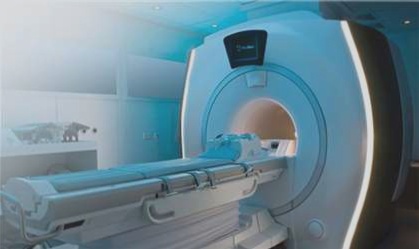Comparison of Dry Film and Wet Film for PCB Processing
Dry film and wet film are two common methods used in PCB processing. Dry film is known for its ease of operation, especially with automatic film laminating machines, making it ideal for mass production. On the other hand, wet film is a more cost-effective option but may not be suitable for use on automatic lines.
While wet film is theoretically advantageous for creating thin lines, it comes with its own set of challenges. Dry film, on the other hand, is considered superior due to its convenience and stability, although it does come at a higher cost.
As an engineer, the choice between dry film and wet film depends on the specific requirements of the project. Dry film excels in flooding holes and offers high precision, reducing the risk of clip-off. In contrast, wet film is significantly cheaper but may require more attention and control, especially when flooding holes.
It is important to weigh the advantages and disadvantages of each method before making a decision. While dry film may be more expensive, it provides better control and precision. On the other hand, wet film is a cost-effective option but may require additional steps to achieve the same level of precision.
Ultimately, the choice between dry film and wet film depends on factors such as cost, precision requirements, and ease of operation. Both methods have their own strengths and weaknesses, and the decision should be based on the specific needs of the PCB processing project.


